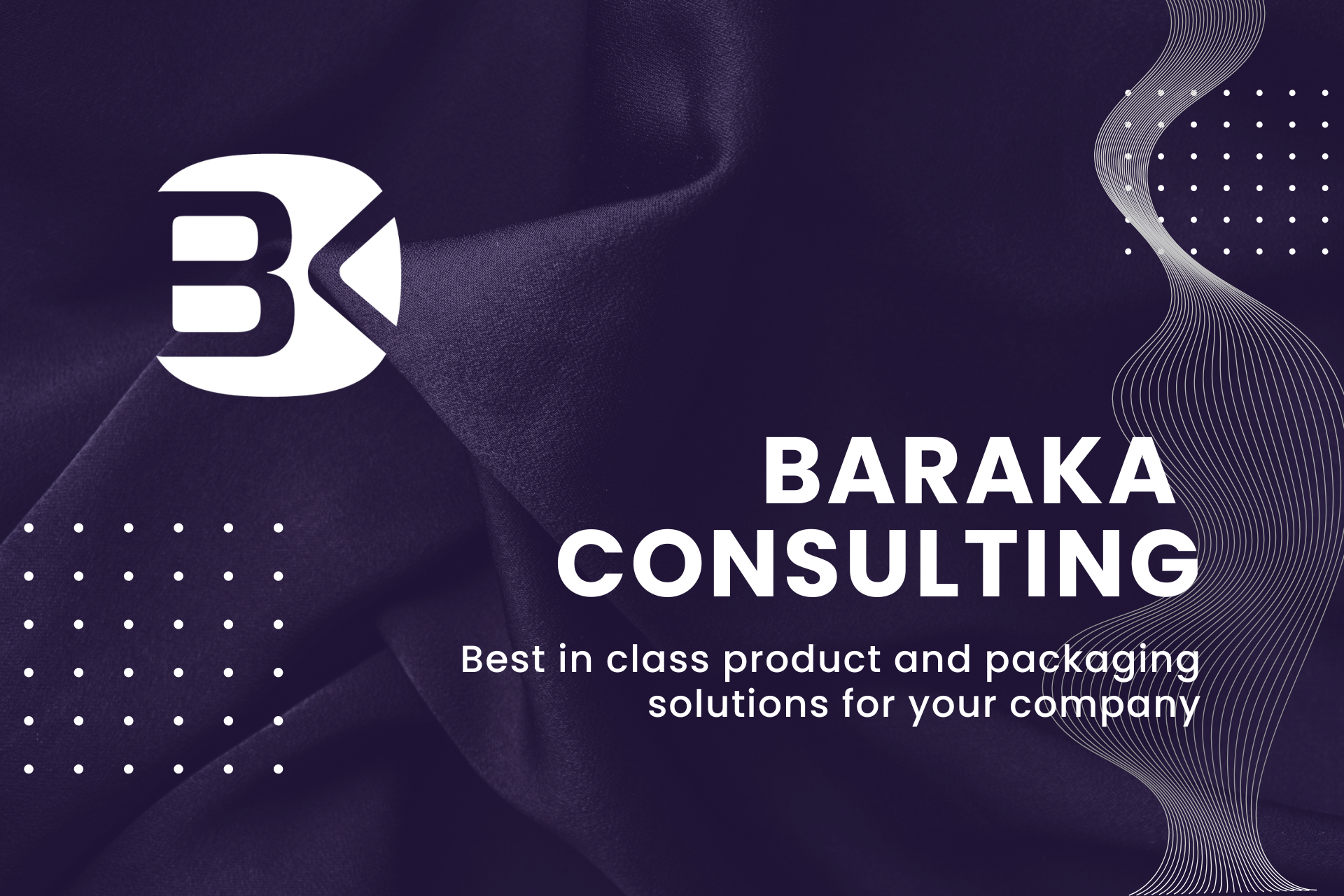Continuous Optimization Packaging Design Practical Approach
Explore the practical approach to continuous optimization in packaging design, focusing on innovative strategies to enhance efficiency, sustainability, and cost-effectiveness in product packaging solutions.
Continuous Optimization Packaging Design Practical Approach
In the ever-evolving landscape of product development, continuous optimization in packaging design has emerged as a crucial strategy for businesses aiming to enhance efficiency, sustainability, and consumer appeal. This practical approach involves the iterative refinement of packaging solutions, leveraging advanced computational techniques and data-driven insights to achieve optimal performance. By continuously assessing and adjusting design elements, materials, and production processes, companies can not only reduce costs and environmental impact but also improve functionality and aesthetics. This dynamic process ensures that packaging remains aligned with market trends and consumer preferences, ultimately driving competitive advantage and fostering innovation in the industry.
Practical Approach to Continuous Optimization in Packaging Design
Continuous optimization in packaging design is a dynamic and iterative process that focuses on enhancing the efficiency, functionality, and sustainability of packaging solutions. By employing a practical approach, designers and engineers can systematically evaluate and refine packaging elements to meet specific objectives such as cost reduction, material minimization, and improved product protection. This involves leveraging advanced computational tools and techniques, such as computer-aided design (CAD) software and simulation models, to analyze various design parameters and their impact on performance. Additionally, continuous optimization encourages collaboration across different disciplines, integrating insights from material science, logistics, and consumer behavior to create innovative and adaptable packaging solutions. Ultimately, this approach not only contributes to the economic and environmental goals of businesses but also enhances the overall consumer experience by delivering packaging that is both functional and aesthetically pleasing.
Practical Approach
In conclusion, the continuous optimization of packaging design through a practical approach offers significant benefits in terms of efficiency, cost-effectiveness, and sustainability. By leveraging advanced computational tools and iterative design processes, companies can refine their packaging solutions to better meet consumer demands and environmental standards. This approach not only enhances the aesthetic and functional aspects of packaging but also reduces material waste and energy consumption, aligning with global sustainability goals. As the market becomes increasingly competitive, adopting a continuous optimization strategy in packaging design will be crucial for businesses aiming to maintain a competitive edge and foster long-term success.




